Portugal’s prettiest mediaeval towns
Portugal’s oldest towns announce their presence with their castle turrets, which can be seen from afar. Places of legend and historical significance, these charming enclaves still retain the essence of the mediaeval period in their cobblestone streets – and in their exquisite cultural and gastronomic heritage.
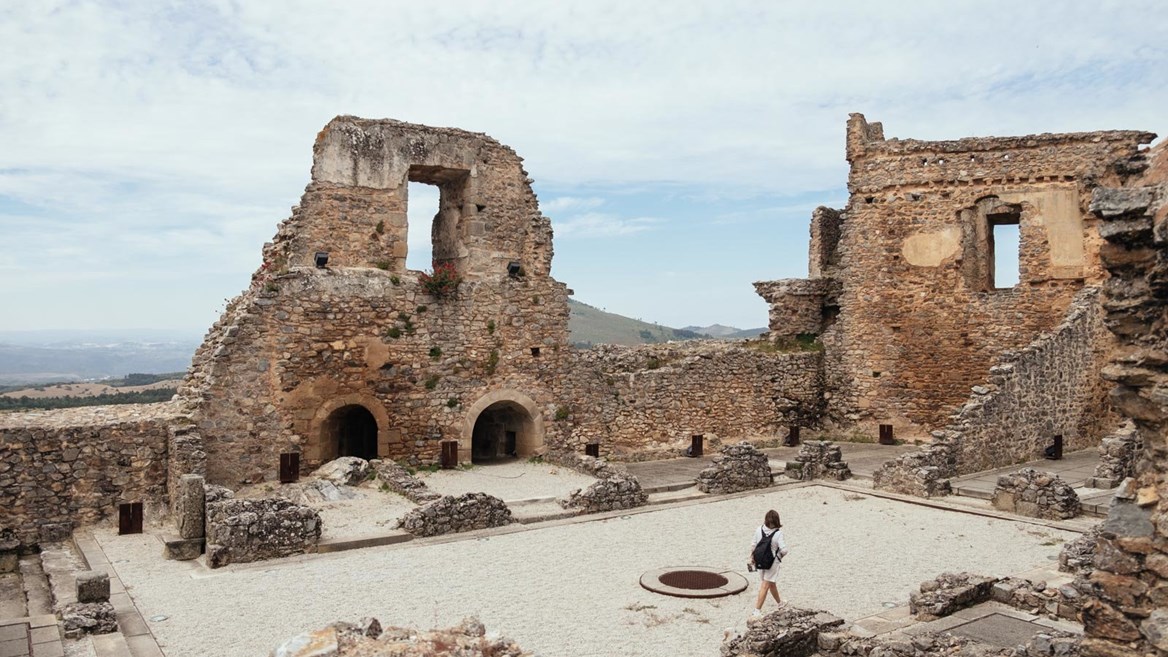
Castelo Rodrigo. Ancient walls and cobblestone streets mark the path to the ruins of this ninth-century castle. Visit the 13th-century Cisterna (a public water reservoir), enjoy the views from the Marofa mountaintop and don’t miss the Clock Tower, Palace of Cristóvão de Moura and its churches. A traditional dish in Castelo Rodrigo? Bola de Carne. / Image by Emanuele Siracusa – Tourism Centre of Portugal
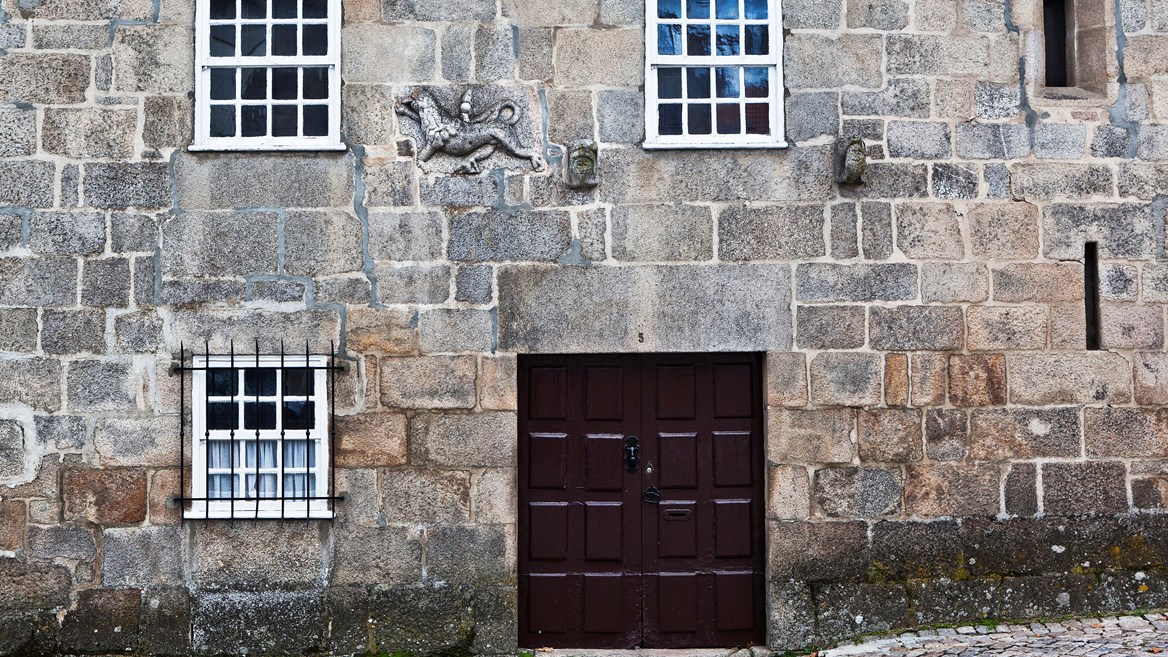
Trancoso. The Portas d’El Rei and the Portas do Prado gates are the entrances to this town, which held an important defensive position during the medieval period. Its walls and castles – some of the largest in the area – played a key role in maintaining the borders during Portugal’s fight for independence from Spain [when?]. A traditional dish in Castelo Transoco? Sardinhas doces pastries. / Image by Pedro Sousa – Tourism of Portugal

Sortelha. Few inhabitants remain in this walled village nestled between the Sierra de la Estrella and Malcata. King Sancho II ordered his castle to be built here in the 13th century. From here, you can observe an unparalleled panoramic view of the area. The best way to explore Sortelha is to lose yourself in its streets. A traditional dish in Sortelha? Sweet or savoury gachas de maíz. / Image by Turismo Centro de Portugal
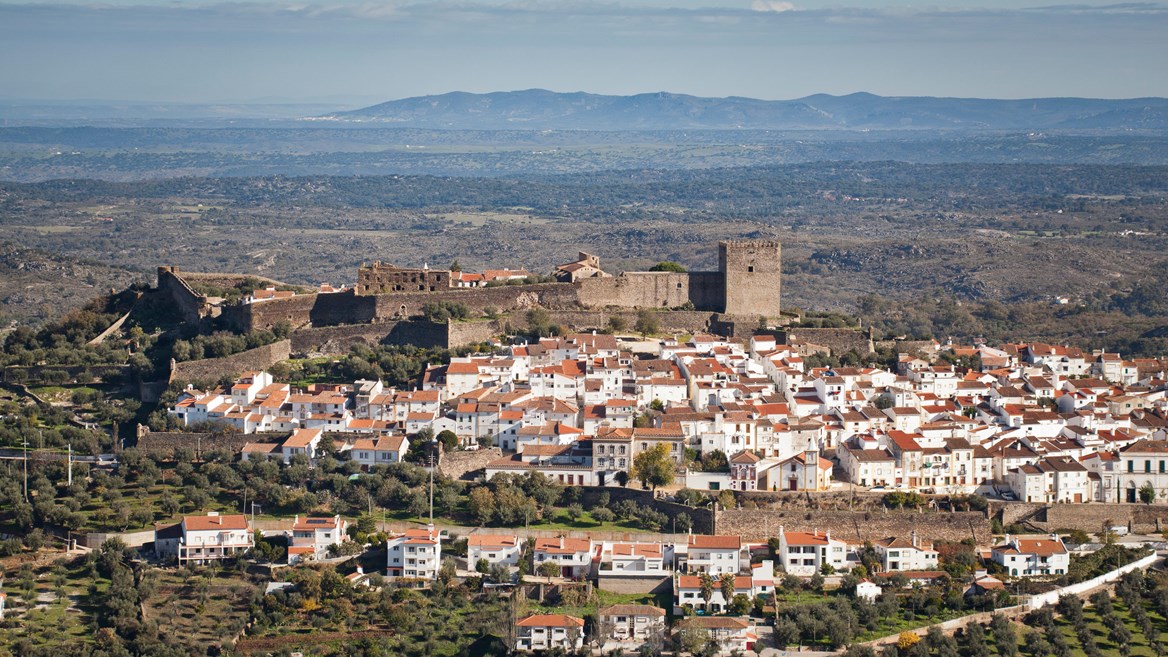
Castelo do Vide. The climb to the castle begins in the Gothic quarter. To descend, pass through the Jewish Quarter (created during a 1492 diaspora), one of the best preserved in Portugal. A traditional dish? Açorda à alentejana, an iconic regional soup. / Image by Pedro Sousa
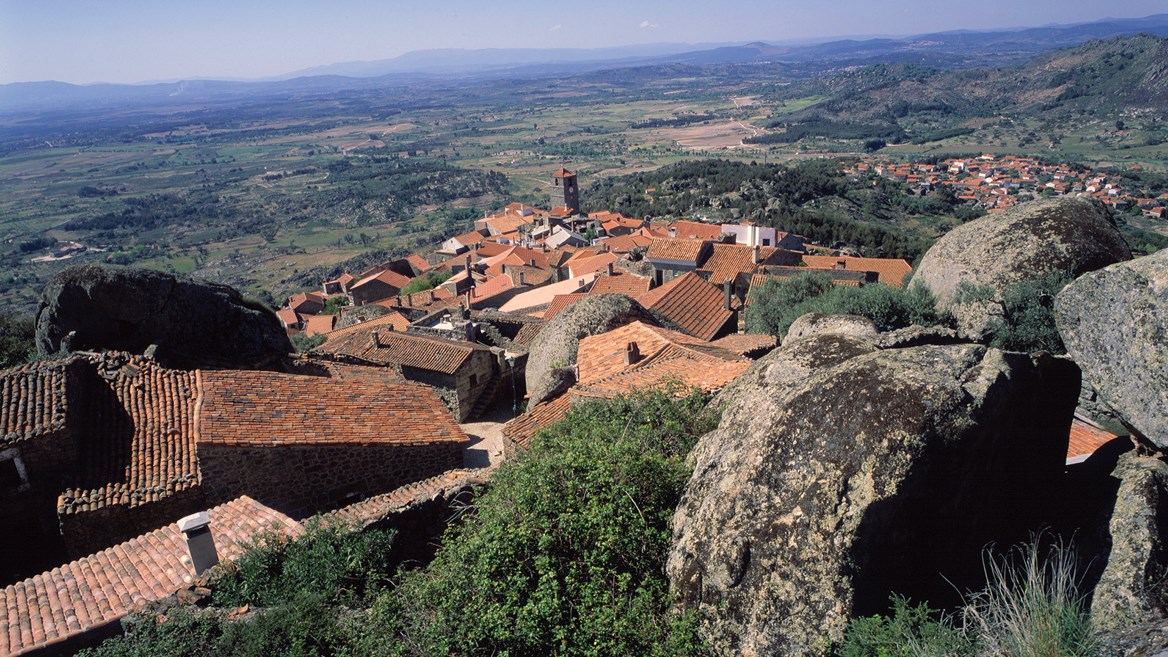
Monsanto. A silver rooster trophy in the Lucano Tower is witness to its designation as ‘the most Portuguese village in Portugal’. Perched on a granite mountain, its houses seem sculpted into the rock. Here, a traditional handicraft is creating marafonas, ragdolls made by local women to ward off storms and protect crops. / Image by João Paulo

Marvão. The Jardim de Marvão leads the way to the castle, which still has two large fortifications, one with a central courtyard and the other with the tower keep. Every summer, top musicians from all over the world come together in Marvão at FIMM, an international classical music festival. A traditional dish? Alhada de cação – and the local mountain honey. / Image by RCL-Rui Cunha

Óbidos. With access to the sea thanks to its Lagoa de Óbidos, and with truly maze-like streets, Óbidos is known for its well-preserved churches (Santa María, Misericórdia and San Pedro), the Sanctuary of Senhor Jesus da Pedra and its Municipal Museum. A traditional dish? Caldeirada de peixe, freshly caught in the Lagoa de Óbidos. / Image by Turismo Centro de Portugal
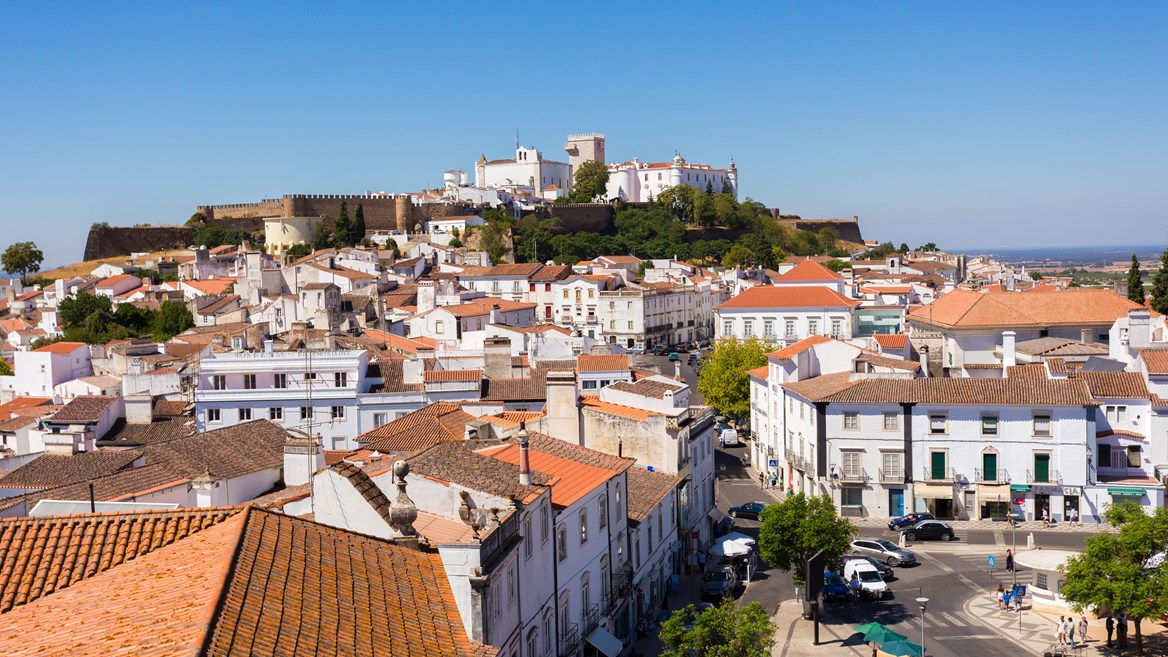
Estremoz. With cobblestones made of marble (the town is one of Portugal’s top producers), Estremoz is divided into two zones: the Upper zone, between the walls – and with attractions such as the old Royal Palace and the castle – and the Lower, which is more modern and commercial and home to churches, convents and cultural centres. Visit its cafés, which remain a gathering place for politicians and artists. / Image by Alentejo Tourism
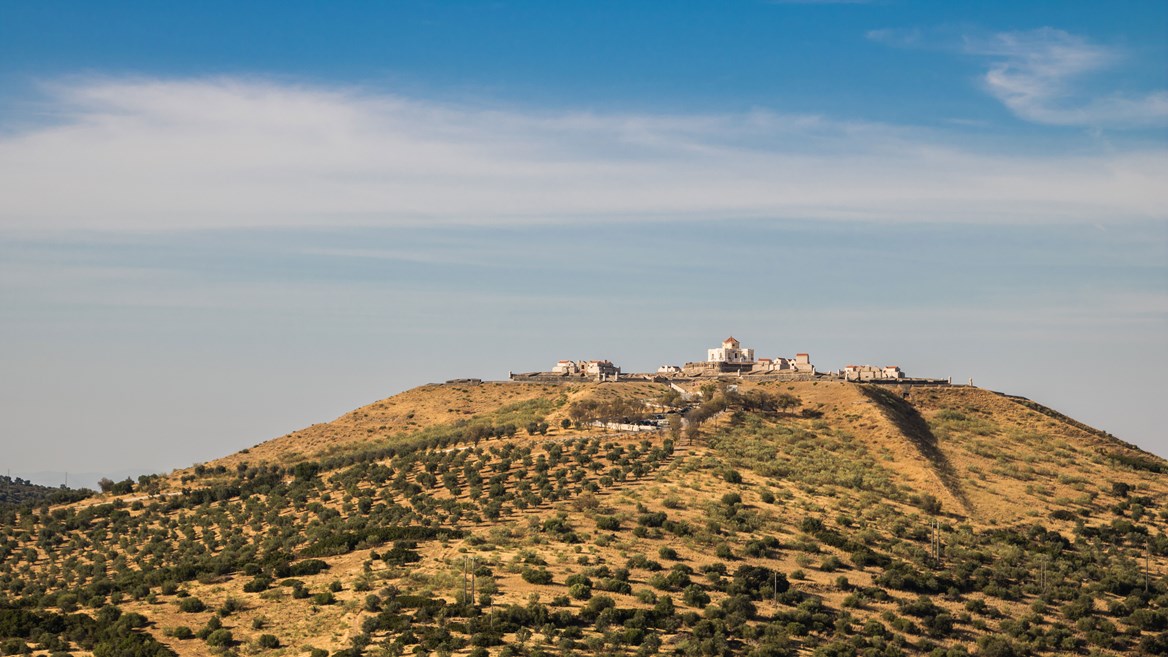
Elvas. Declared a World Heritage Site in 2012, Elvas has the largest land fortification in the world. Perfectly preserved, its walls reflect its history from the Arab occupation in the 9th century to fortifications from the Dutch school from the 17th century onwards. A traditional dish? Bacalao dorado, made from codfish and potatoes. / Image by Alentejo Tourism
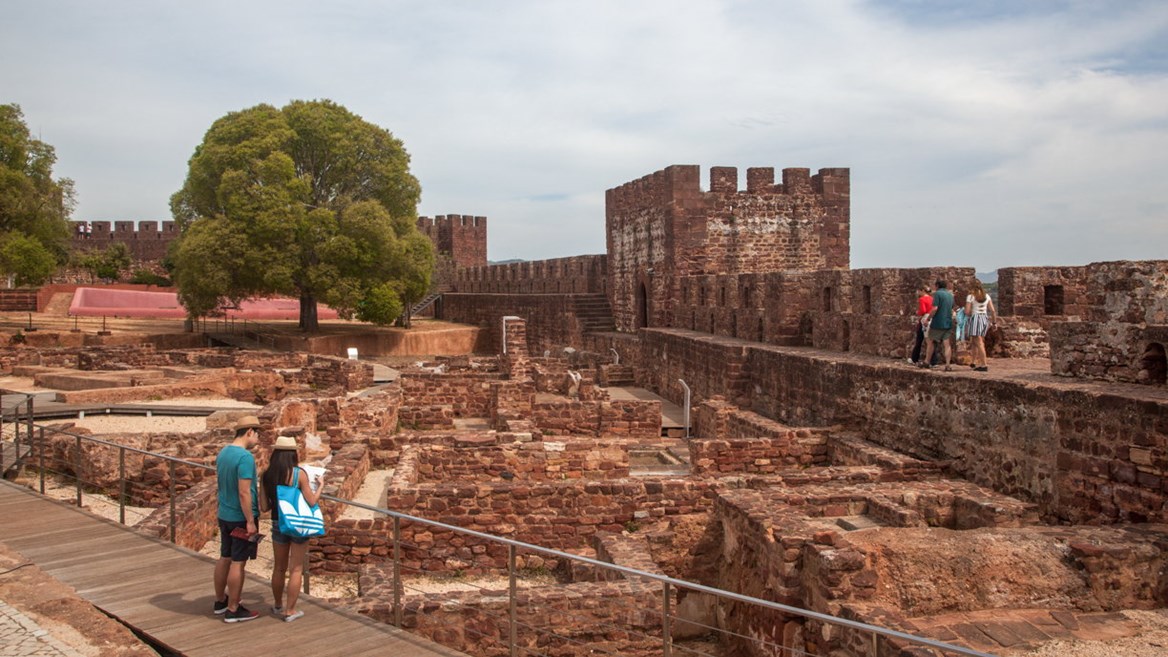
Silves. Silves was the former capital of the Arab kingdom. You can walk along the banks of the River Arade to the Ponte Romano, visit the municipal market or stop at one of the cafés on its main street, Rua Elias Garcia, before you climb to the castle. Its most emblematic buildings also include the old Silves Cathedral and the Misericórdia Church. A traditional dish? Corn soup or peas with eggs and chorizo are very popular. / Image by AT Algarve
Castelo Rodrigo. Ancient walls and cobblestone streets mark the path to the ruins of this ninth-century castle. Visit the 13th-century Cisterna (a public water reservoir), enjoy the views from the Marofa mountaintop and don’t miss the Clock Tower, Palace of Cristóvão de Moura and its churches. A traditional dish in Castelo Rodrigo? Bola de Carne. / Image by Emanuele Siracusa – Tourism Centre of Portugal











